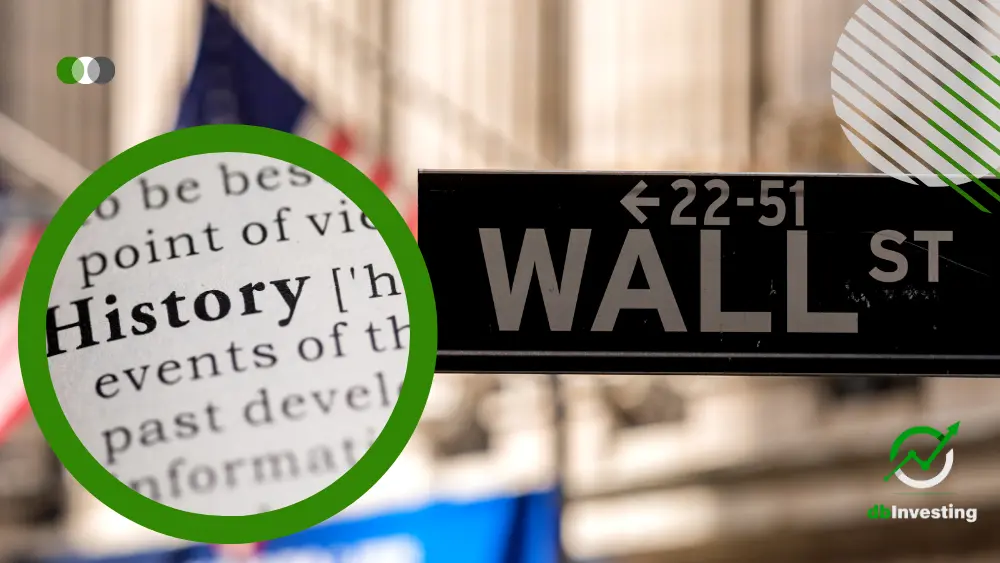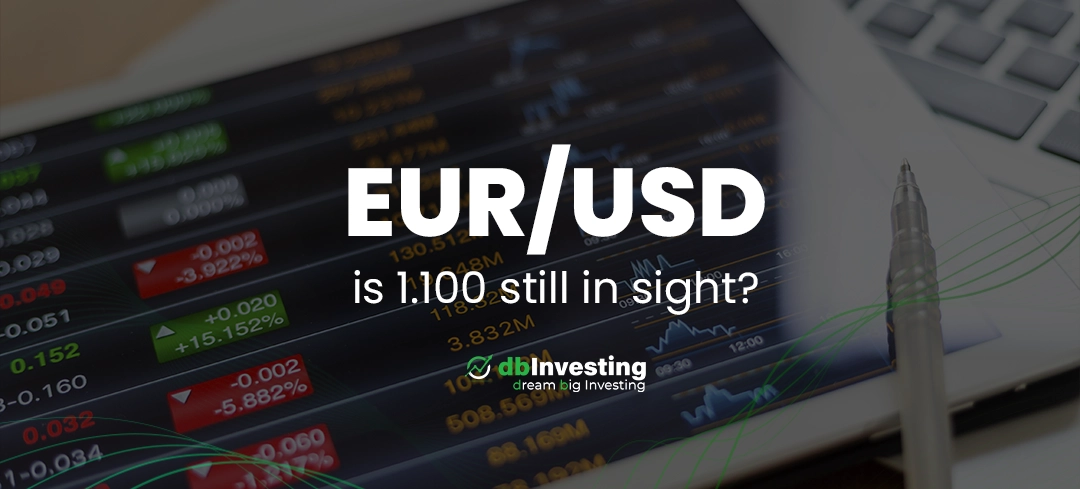Forex trading, also known as foreign exchange or currency trading, is a decentralized global market where currencies are bought, sold, and exchanged. The forex market is the largest and most liquid market in the world, with an estimated daily trading volume of over $6.6 trillion. It is open 24 hours a day, 5 days a week, and offers traders the opportunity to profit from fluctuations in currency prices.
In this article, we will delve into the history of forex trading, from its origins to its evolution into the global market we know today. We will also explore the future of forex trading, including the technological advancements and regulatory changes that are shaping the industry.
History of Forex Trading
The history of forex trading can be traced back to ancient times when people traded goods and services using various forms of currency. However, the modern forex market as we know it today began to take shape in the early 1970s, following the collapse of the Bretton Woods system.
Bretton Woods System
The Bretton Woods system was a monetary system that was established after World War II, in which the US dollar was pegged to gold at a fixed rate of $35 per ounce, and other currencies were pegged to the US dollar. The system was intended to provide stability to international currency exchange rates and to promote international trade and investment.

However, the system began to break down in the 1960s as the US experienced inflation and a growing trade deficit. Other countries began to lose faith in the US dollar, and in 1971, President Nixon suspended the convertibility of the US dollar into gold, effectively ending the Bretton Woods system.
The Rise of Free-floating Exchange Rates
With the collapse of the Bretton Woods system, exchange rates became free-floating, meaning that they were determined by market forces of supply and demand. This led to the creation of the modern forex market, where traders could buy and sell currencies based on their expectations of future price movements.
The introduction of electronic trading platforms in the 1990s revolutionized the forex market, making it more accessible to individual traders and smaller financial institutions. Today, forex trading is conducted by a wide range of participants, including banks, hedge funds, corporations, and individual traders.

Future of Forex Trading
The forex market is constantly evolving, driven by technological advancements, changes in global economic conditions, and regulatory developments. Here are some of the key trends that are shaping the future of forex trading:
Technological Advancements
Advances in technology are transforming the forex market, making it faster, more efficient, and more accessible to a wider range of traders. High-speed internet connections, algorithmic trading, and artificial intelligence are just a few examples of the technological innovations that are driving the industry forward.
One of the most significant technological developments in the forex market is the rise of mobile trading. With the increasing popularity of smartphones and tablets, traders can now access the market from anywhere in the world, at any time.
Increased Regulation
In recent years, there has been a growing focus on regulating the forex market, in order to protect investors and ensure a level playing field for all participants. Regulatory bodies such as the Financial Conduct Authority (FCA) in the UK and the Commodity Futures Trading Commission (CFTC) in the US have introduced a range of measures to increase transparency and reduce risk in the market.
Growth of Emerging Markets
The forex market is becoming increasingly global, with the rise of emerging markets such as China, India, and Brazil. As these economies continue to grow, their currencies are becoming more important in the global market, and traders are paying closer attention to their movements.
This has led to a greater diversity of currencies being traded in the market, providing more opportunities for traders to profit from.
Rise of Cryptocurrencies
Cryptocurrencies such as Bitcoin and Ethereum have emerged as a new asset class, and their popularity has grown rapidly in recent years. While they are not yet widely accepted as a form of payment, they have become increasingly popular as a speculative investment.
The forex market has responded to this trend by offering cryptocurrency trading alongside traditional currency pairs. This has opened up new opportunities for traders who are looking to diversify their portfolios and capitalize on the volatility of the cryptocurrency market.
Increased Focus on Sustainability
Sustainability is becoming an increasingly important consideration in the forex market, as traders and investors look for ways to align their financial goals with their values. This has led to a growing demand for sustainable investing options, such as green bonds and social impact investing.
Forex brokers are also responding to this trend by offering sustainable investing options and incorporating environmental, social, and governance (ESG) factors into their trading strategies.
Conclusion
The forex market has come a long way since its origins in ancient times, and it continues to evolve at a rapid pace. The rise of technological innovations, increased regulation, growth of emerging markets, and rise of cryptocurrencies are just a few of the trends that are shaping the future of forex trading.
As the market continues to evolve, traders will need to stay up-to-date with the latest developments in order to stay ahead of the curve. By keeping an eye on these trends and adapting their trading strategies accordingly, traders can capitalize on the opportunities presented by this dynamic and ever-changing market.



